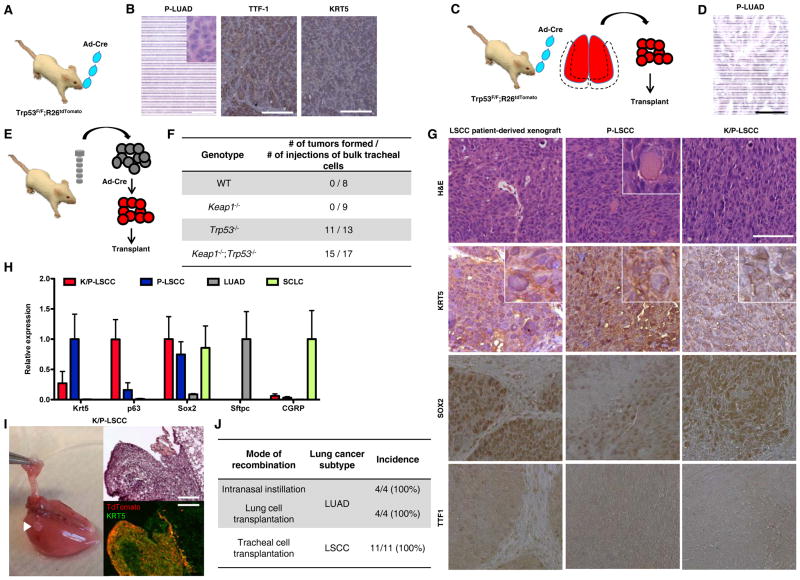Figure 3. Generation and characterization of LSCC generated by Trp53−/− and Keap1−/−;Trp53−/− tracheal epithelial cells.
(A) Tumor generating strategy (adenocarcinoma). Trp53f/f;R26tdTomato mice were intranasally instilled with Ad-Cre and observed for tumor formation.
(B) Representative H&E- and IHC sections from tumors arising from Ad-Cre instilled Trp53−/− mice in A. Expression of TTF1 and KRT5 is shown.
(C) Tumor generating strategy (adenocarcinoma). tdTomato+ lung cells from Ad-Cre instilled Trp53f/f;R26tdTomato mice were FACS sorted and transplanted subcutaneously into NSG mice for tumor formation.
(D) Representative H&E-stained sections from tumors arising in NSG mice transplanted with Trp53−/− lung cells in (C).
(E) Tumor generating strategy (squamous cell carcinoma). 10,000–30,000 bulk tracheal epithelial cells were transduced overnight with Ad-Cre viruses in vitro and transplanted into NSG mice.
(F) Incidence of tumor formation by WT, Keap1−/−, Trp53−/−, and Keap1−/−;Trp53−/− tracheal epithelial cells.
(G) Representative H&E- and IHC sections from tumors arising from a human LSCC patient-derived xenograft and K/P- and P-LSCC tumors. Expression of KRT5, SOX2, and TTF1 is shown.
(H) Relative mRNA expression of Krt5, p63, Sox2, Sftpc, and CGRP in cells sorted from Keap1−/−;Trp53−/− LSCC (K/P-LSCC), Trp53−/− LSCC (P-LSCC), KrasG12D;Trp53−/− lung adenocarcinomas (LUAD) (43), and Rb−/−;Trp53−/−;p130−/− small cell lung cancer (SCLC) (75) (N=3).
(I) Representative gross tumor and stained sections of lung metastases from subcutaneously transplanted K/P-LSCC cells (all scale bars = 100 μm).
(J) Incidence of lung cancer subtypes by different tumor generating strategies.

